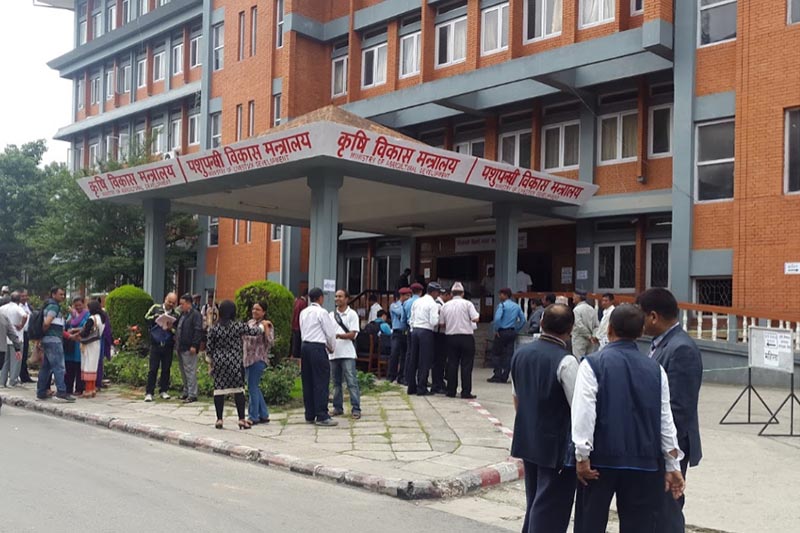Rubber farming possible in eastern Nepal: Agro Ministry
Kathmandu, May 4
A study recently conducted by the Ministry of Agriculture and Livestock Development has stated that natural rubber farming is possible in the eastern part of the country.
As production of synthetic rubber is quite expensive and unaffordable for Nepal, the ministry is looking into the prospects of producing natural rubber in the country.
According to the study conducted between mid-December of 2018 to mid-April on feasibility of rubber farming, Jhapa, Morang, Sunsari, Ilam, Chure and Udayapur are the possible areas for rubber farming.
Meanwhile, commercial farming and production of rubber goods are currently being done in Jhapa, Morang, Sunsari and Ilam.
As mentioned in the report, rubber goods worth Rs 10.44 billion had been imported in the last fiscal year. “Currently, rubber farming is being carried out in a few districts through the effort of the private sector only. If the government supports the entrepreneurs in creating an environment for farming and marketing, the import of rubber goods could be reduced to some extent,” reads the report.
According to the report, around 18,900 hectares of land in the six aforementioned areas are suitable for rubber farming.
However, due to lack of skilled manpower, a separate policy and technical assistance, the industry is lagging behind, the report added. As stated in the report, a well maintained rubber tree could give 2,000 kg of dry rubber per hectare per year.
Basically, the production period of rubber is 25 to 26 years from the seventh year of planting.
The cost of production of rubber could be relatively low if the government provides support in terms of proper area, infrastructure and farm hands for farming.
The report has suggested that the government could utilise public and private land that is not in use. Moreover, ‘to encourage farmers and entrepreneurs engaged in the sector, the government has to bring a separate policy addressing the needs of rubber farming’, the report states.
The report has also recommended the government to conduct extensive researches, provide skill training along with market guarantee of the product to the farmers.
The report has recommended the government to adopt a three-level strategy for rubber farming. First is a short-term planning that can be done within two years. Under this, the government should work on policy amendment, providing technical training, conducting researches and promoting rubber market.
The second plan includes establishing research centres, implementing several projects and infrastructure development for the industry. It would take three to five years to complete this level.
Similarly the third one is sustainable strategy, which includes developing different species of rubber within the country and developing marketing network for commercialisation of the product.
Rubber farming has a long history in the country, with the first crop planted in 1989. However, the country has been unable to tap its potential due to lack of proper management.






